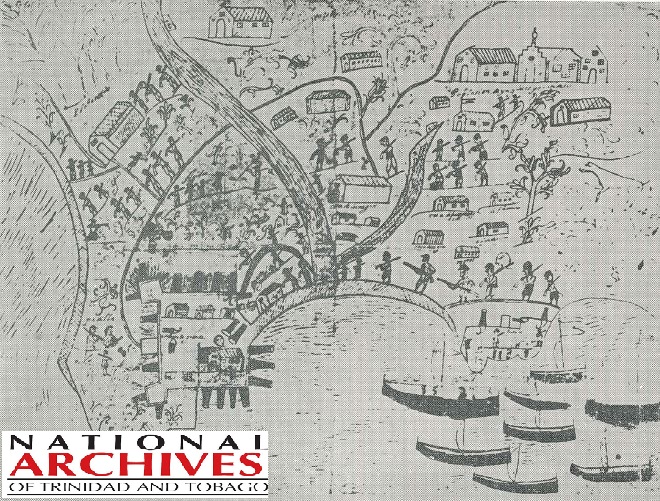 The National Archives’ Reprographics/Digitization Lab is responsible for converting paper-based documents to digital surrogates:
The National Archives’ Reprographics/Digitization Lab is responsible for converting paper-based documents to digital surrogates:
- to preserve at-risk and deteriorating documents, books, photographs, maps, microfilm, etc.
- to reduce over-handling of material that is high in demand
- to protect against disasters by generating a digital surrogate
- to facilitate wider public access to archival records by use of digital surrogates
Digital surrogates are required to be complete, accurate and authentic representations of the paper originals.
The Digitization Lab is equipped with scanners for scanning of
- large record formats such as large bound volumes, maps, and drawings
- medium record formats such as books and documents
- microfilm records
- photographs and negatives
As an archival institution, digitization is done based on archival and digital preservation standards requiring the digital surrogate to be preserved for the future in a form that will accommodate changing technologies. As such, uncompressed or lossless digital file formats are generated during the digitization process, along with lossy or compressed file formats for easy digital and online access. For example, the tiff format is used as the preservation file format for text documents and photographs and jpg or pdf file formats are used as the access copy.
The National Archives offers an on-demand digitization service for users of the Public Search Room requiring scans of documents and its ongoing work involves digitization of archival collections.
The digitization process for an archival collection involves the following steps:
- Selection and prioritization for digitization based on the collection inventory.
- Assessment of the condition of the records to be digitized eg. this may require the intervention of the Conservation Lab to stabilize or repair damaged or deteriorating documents
- Preparation of metadata digitization worksheets to facilitate archival arrangement and description of the collection to be digitized as well as the creation of descriptive, administrative and technical metadata to accompany the digital file created. Descriptive metadata includes such data as filename, title of record, date, etc.
- Image capture – the creation of the digital surrogate through the scanning process
- Quality control
- Storage
The recent upgrade of the National Archives’ information and communications technology infrastructure, including its digital storage and back up, ensures that digital surrogates are preserved in the long term for future generations.



